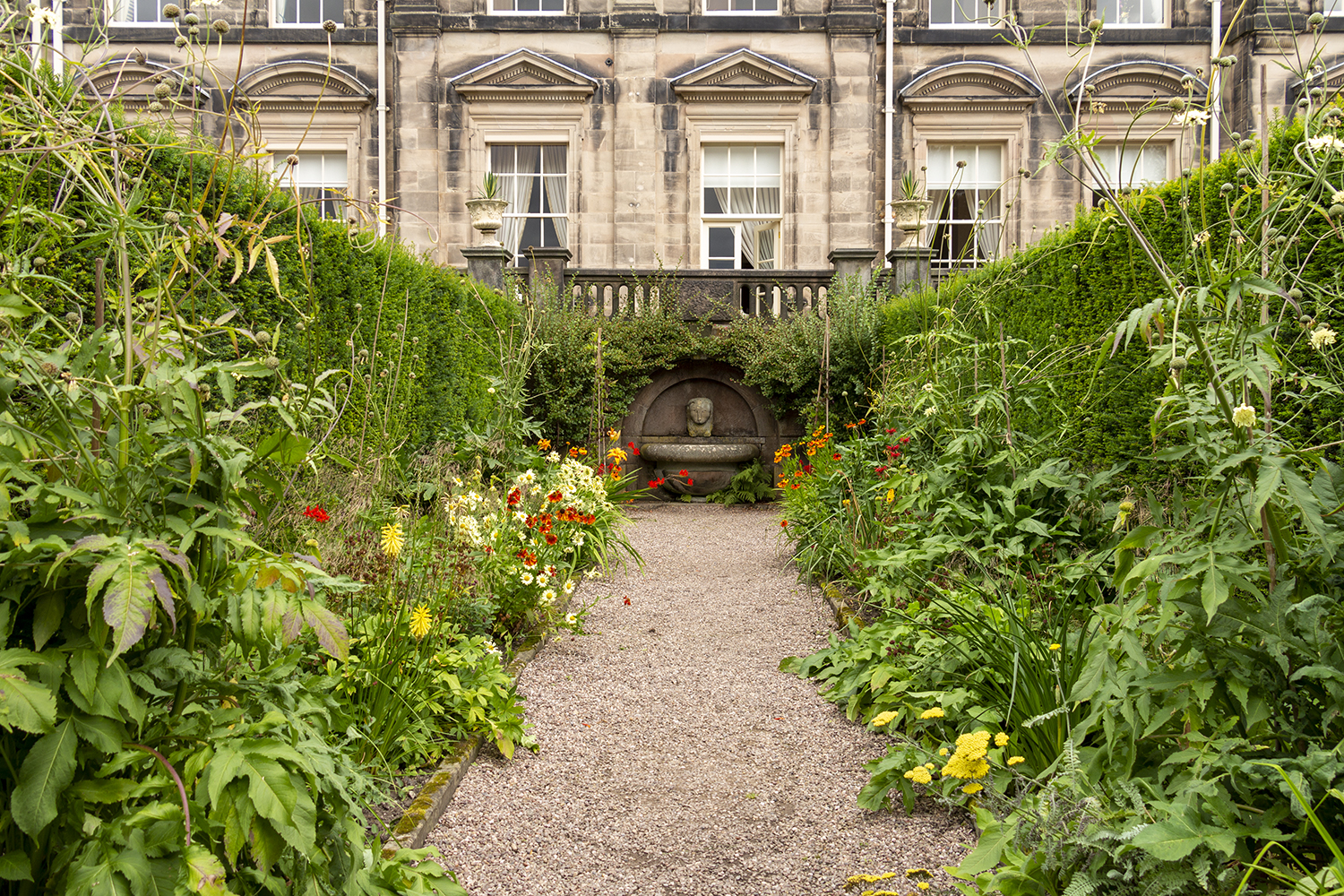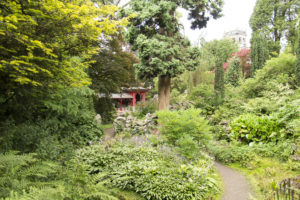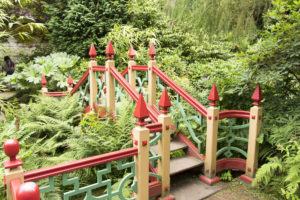The gardens at Biddulph Grange were the creation of James Bateman (1811- 1897), though what you see today is the product of one of the greatest garden restoration programmes undertaken. James Bateman moved into the property in 1840, two years after his marriage to Maria Egerton Warburton, and was in the fortunate position of starting with a blank canvas. On this site, he created what was at the time a truly original garden. He divided up his grounds into a series of separately themed gardens show casing a range of themes. The rear of the house faces roughly south of south-west and as nearly all of house has been divided up to flats and sold off the garden is entered via extreme west end of the house and into the Italianate garden. This starts a journey through a whole range of garden styles.
This was more though than just experimenting with styles; it was about Bateman’s vision of creation and man’s place in the order of things. Like many of his generation he was a creationist and passionately believed heaven and earth were the creation of God for Man. Though rightly a highly-regarded botanist he could never accept Darwin and Wallace’s theories of evolution which burst onto the world in 1859. The garden was originally entered through a corridor at the east end of the house and this was decorated to show Bateman’s vision of how the emerging knowledge of fossils could be blended with the account of creation in Genius.
His belief in God’s divine order is further reflected in this desire to place the new plant introductions he filled his garden in appropriate locations with a Himalayan garden for rhododendrons and Chinese garden for plants from the orient. This leads to a garden of individual areas or zones each with its own identity; at the time, a new original approach to garden design.





